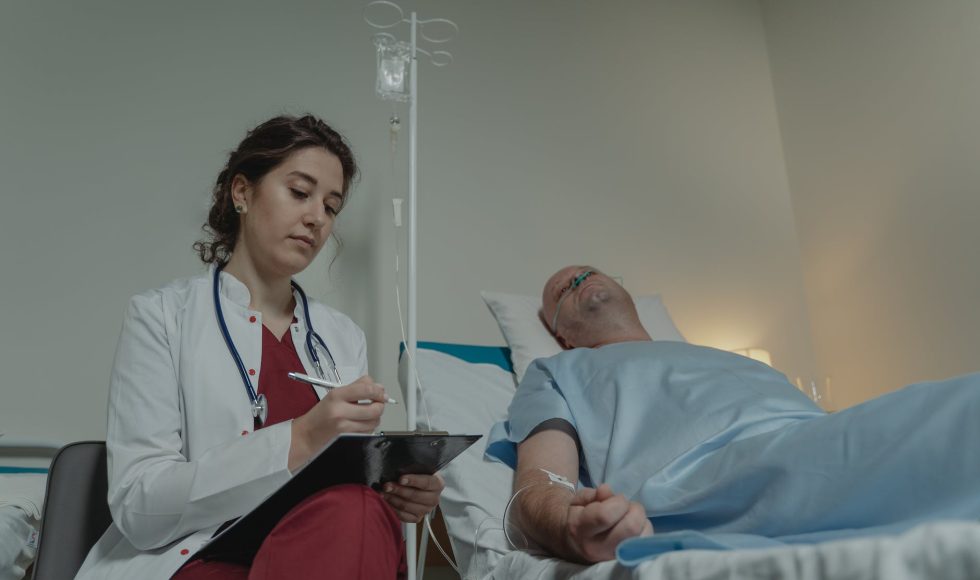Tonight I continued watching the London Calling 2023 targeted sequencing showcase. In the four-minute recording entitled “The potential use of nanopore sequencing for molecular diagnosis of germline cancer predisposition,” Romain Boidot from the Centre Georges-François Leclerc in France spoke about their use of Oxford Nanopore Technologies (ONT) for molecular diagnosis and sequencing. Their current analysis uses only coding regions for SNV and LSR detection, but 80% of the samples have no detected alteration. Boidot noted that ONT could be used to assess methylation status, DNA modifications, promoter to 3’UTR, and introns + exons. Boidot and team wanted to “demonstrate ability to detect clinically actionable variants from adaptive sampling for inherited cancers” as part of this project. To do this, they set up DNA extraction, DNA input steps, a protocol to wash and reload the flow cell, a Bed file for adaptive sampling, and a customized bioinformatics pipeline. They started their experiment with a large Bed file and decreased the file without impacting the coverage. The team performed a nuclease wash of the flow cell and reload. They also improved the libraries and apparently the volume for loading! With this approach, the team was able to “easily” visualize SNVs. The team used SeqOne bioinformatics tools but didn’t describe what these tools were. I am now curious about what SeqOne offers and how this team used their services/tools. I also wonder how we can create a bed file for rapid detection and sequencing of Delftia Delftibactin genes!



